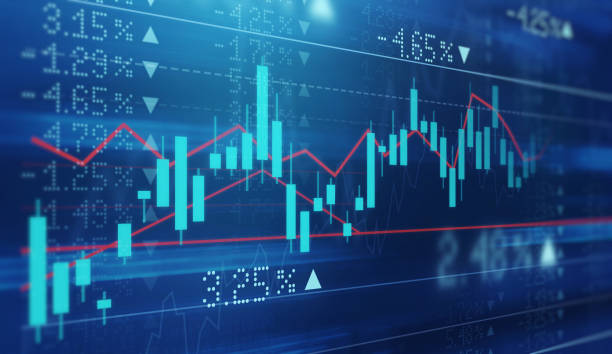
Utilizing Technical Indicators for Long-Term Trading Strategies in the Online Forex Market
Online forex trading has become a popular way of making money and expanding your investment portfolios. Like any other financial sphere, Forex trading has its distinct trading styles which traders pick depending on their preferred risk level and trading preferences. In this article, we’ll explore the different types of Forex trading styles used by traders and what you need to know about them.
1. Scalping Trading Style:
Scalping is a popular Forex trading style that involves opening and closing multiple positions within a short duration of time, as fast as 1 minute. This comes with high-risk levels, but traders are in the market to make quick profits. The trader needs to take quick actions as the Forex market is highly volatile and can shift in minutes. Some popular instruments used in scalping include the use of technical analysis and indicators.
2. Day Trading Style:
Day trading is another popular trading style where traders open and close positions on the same trading day. This style offers lower risks compared to scalping as traders have ample time to make informed decisions and follow the market’s trends. Trades usually last around a few hours, and traders may use charts and technical analysis tools to identify entry and exit points.
3. Swing Trading Style:
Swing trading is a mid-term Forex trading style that traders use to capture medium-term market moves. Swing trading can last up to a few days to a few weeks, and traders make decisions based on market analysis fundamental or technical indicators. In swing trading, traders can place stop losses and still have a good chance of reaping benefits from the trades they make.
4. Position Trading Style:
Position trading is a long-term trading style that typically lasts for weeks to months. Traders who employ this style expect to take advantage of long-term trends in the market. Traders focus on fundamental analysis rather than reactive trading decisions and technical analysis tools. Position traders will hold onto positions for an extended period until market conditions indicate that it’s time to sell.
5. Algorithmic Trading:
Algorithmic trading, also referred to like automated trading, is a process that traders use to run algorithms automatically through trading platforms. Algorithms are built using different tools and programming languages, which enable traders to test out strategies and identify market trends. Algorithmic trading can be customized to meet a trader’s specific needs and can also help traders to minimize risks and maximize their profits.
Conclusion:
As a Forex trader, it’s essential to understand the different types of trading styles available to you and choose the best-suited style that aligns with your risk tolerance and trading goals. The different trading styles offer different risks, and it is up to you as a trader to decide on your preferred style. In the end, success in Forex trading requires a disciplined approach to trading, following market trends, and an unwavering commitment to your trading strategy. With the right trading style, patience, and discipline, you can maximize your profits in online Forex trading.